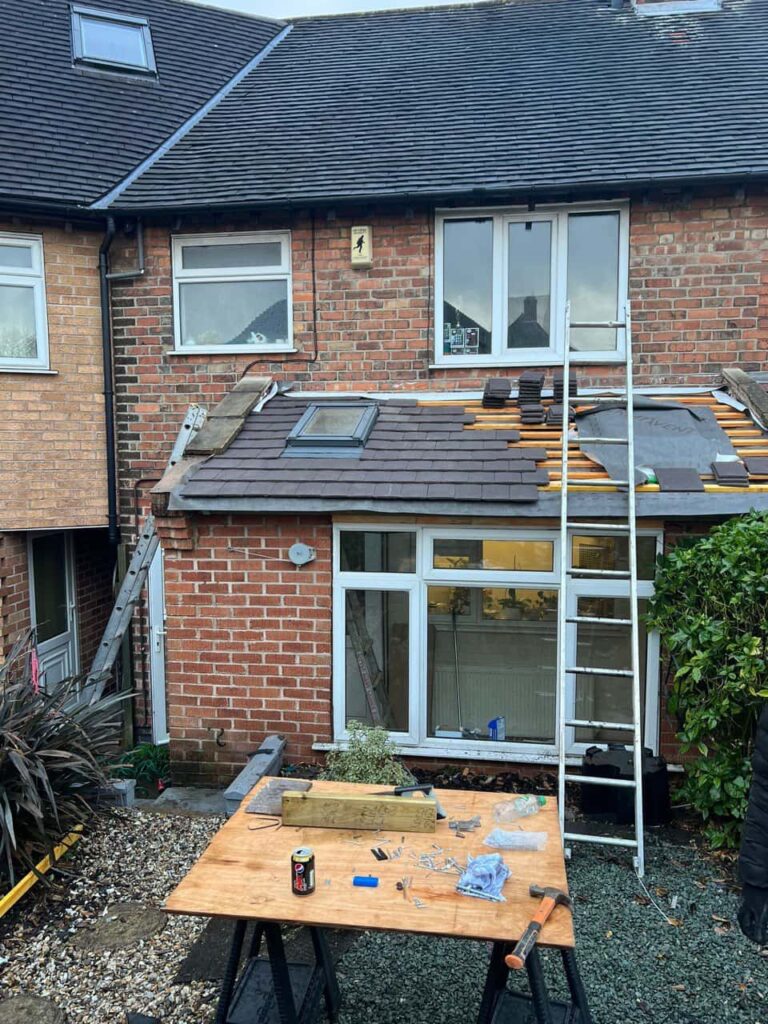Introduction: When it comes to roofing materials, safety is paramount. Understanding the fire ratings of roofing materials is essential for property owners and builders to ensure compliance with building codes and regulations. Felt roofing, a popular choice for its durability and affordability, also has specific fire ratings that dictate its suitability for different applications. This blog post will delve into the fire ratings of felt roofing and how it complies with building codes to provide fire-resistant roofing solutions.
- Fire Ratings Explained:
- Fire ratings classify materials based on their ability to withstand fire and prevent its spread. These ratings typically range from Class A (most fire-resistant) to Class C (least fire-resistant). Building codes mandate specific fire ratings for roofing materials based on factors such as the type of structure and its proximity to other buildings.
- Felt Roofing Fire Ratings:
- Felt roofing materials, commonly made from bitumen or asphalt-saturated felt, typically have fire ratings ranging from Class A to Class C. The fire resistance of felt roofing depends on various factors, including the composition of the material and any fire-retardant additives used during manufacturing.
- Compliance with Building Codes:
- Building codes and regulations stipulate the minimum fire ratings required for roofing materials based on the occupancy type, size, and location. Felt roofing products must meet these requirements to ensure compliance with local building codes and standards.
- Benefits of Class A Fire Ratings:
- Felt roofing materials with a Class A fire rating offer the highest level of fire resistance and are often preferred for residential and commercial applications. These materials provide enhanced protection against fire spread and can help mitigate the risk of property damage and loss in a fire.
- Installation Considerations:
- Proper installation practices are essential to maintain the fire resistance of felt roofing systems. This includes ensuring adequate ventilation, sealing joints and penetrations, and using fire-resistant underlayment materials where required by building codes.
- Professional Roofing Services:
- When installing or repairing felt roofing systems, it’s essential to enlist the services of experienced roofing contractors knowledgeable about fire ratings and building code requirements. A qualified roofing contractor can recommend suitable felt roofing products that meet fire safety standards and ensure compliance with local regulations.
Conclusion: Felt Roofing provides a durable and cost-effective roofing solution for residential and commercial properties. Understanding the fire ratings of felt roofing materials and ensuring compliance with building codes are crucial steps in safeguarding properties against fire hazards. By choosing felt roofing products with appropriate fire ratings and partnering with reputable roofing professionals, property owners can enjoy peace of mind knowing their roofs are built to withstand fire and protect their investments for years to come.
Call us on: 01354 701 289
Click here to find out more about Chatteris Roofing Repairs
Click here to complete our contact form and see how we can help with your roofing needs.

